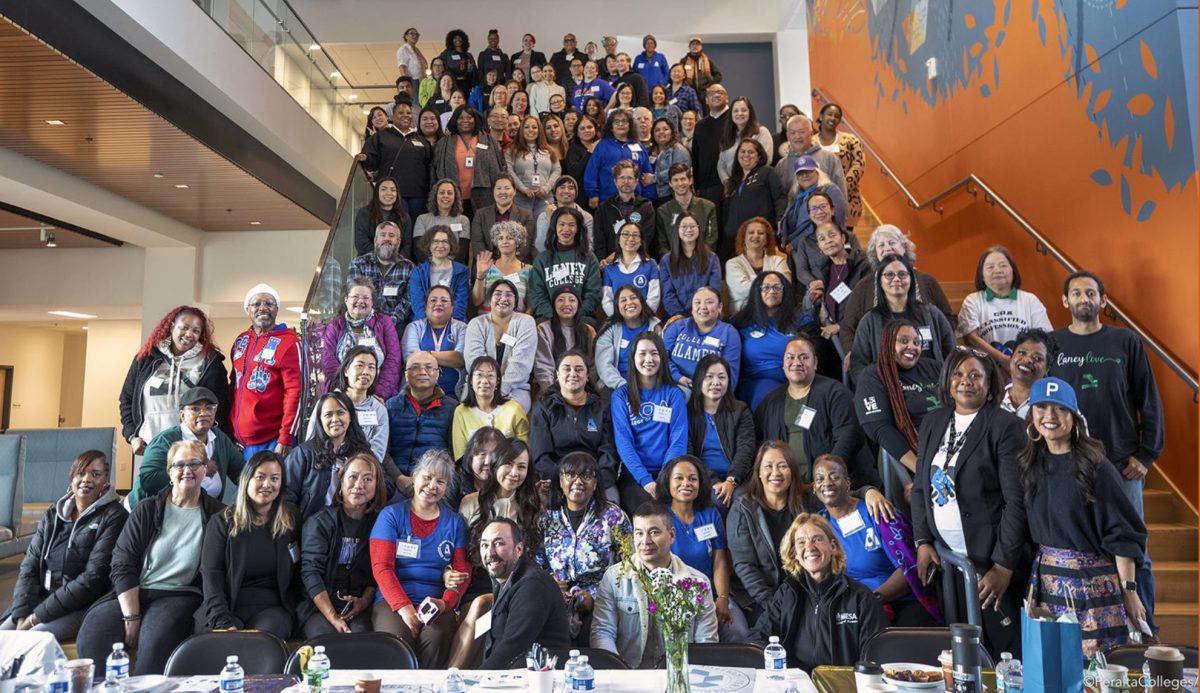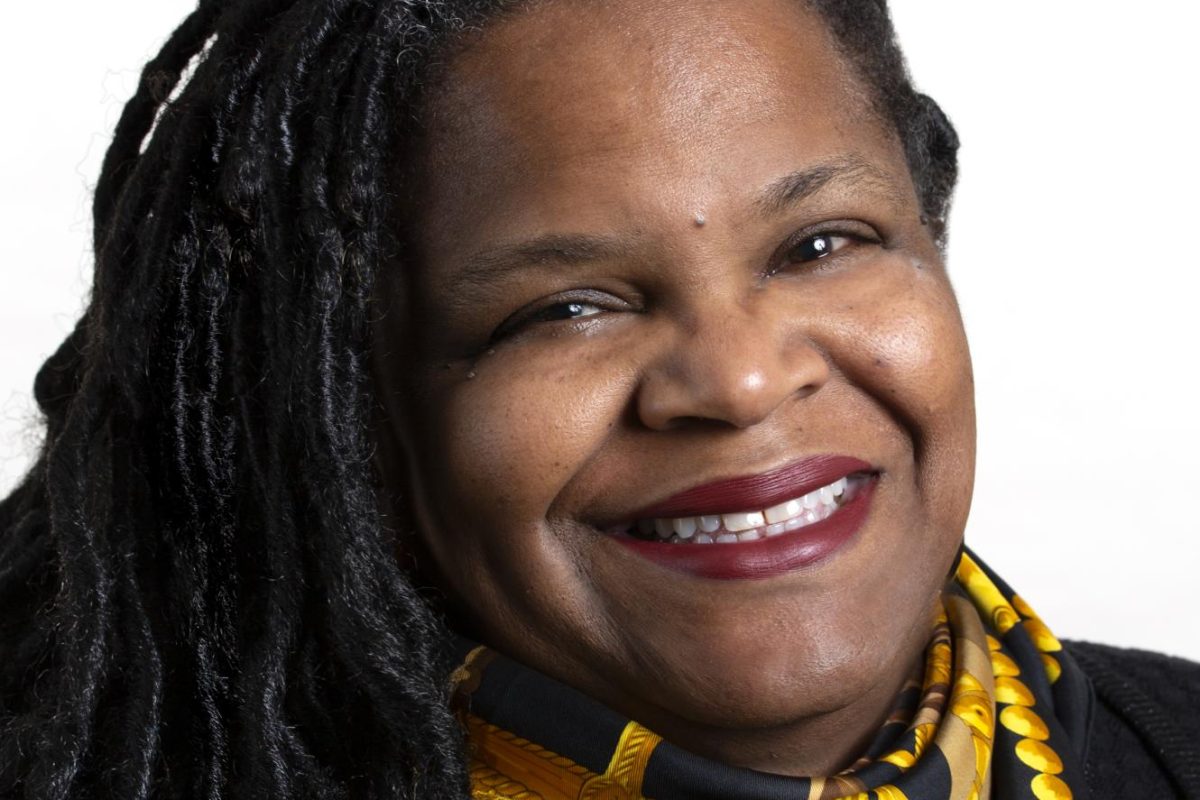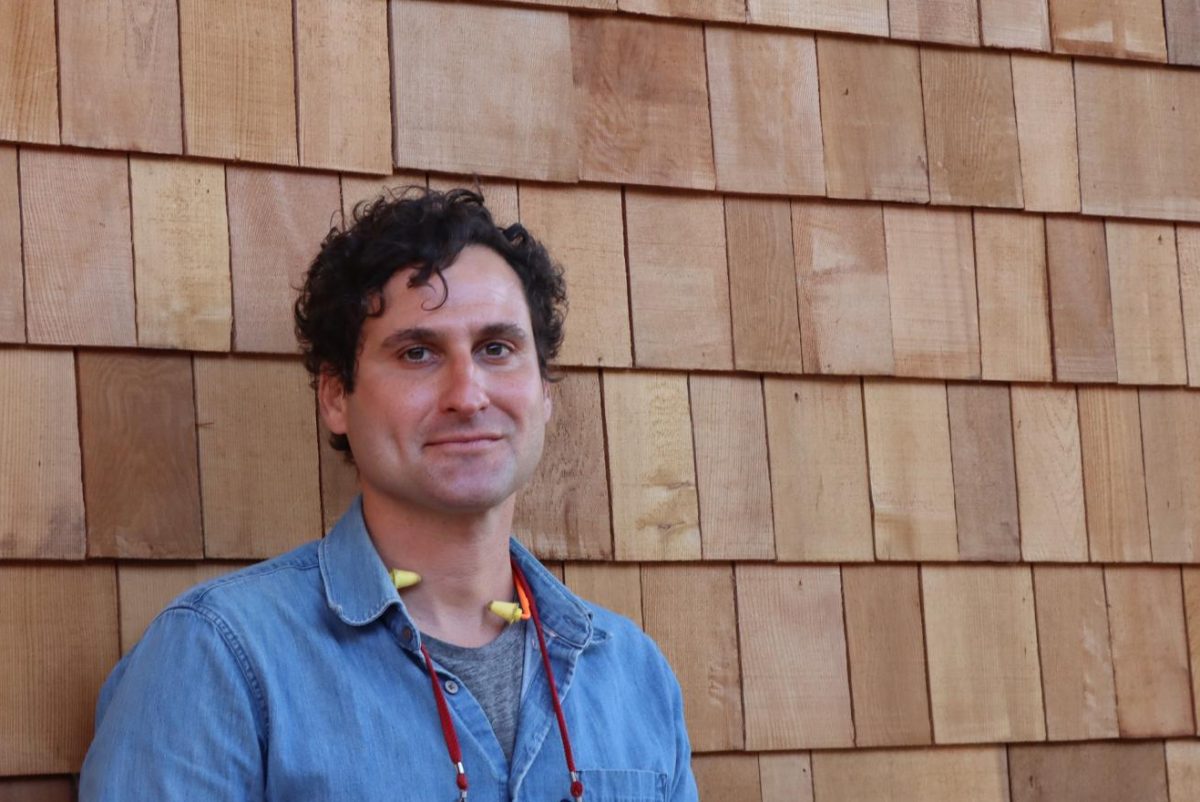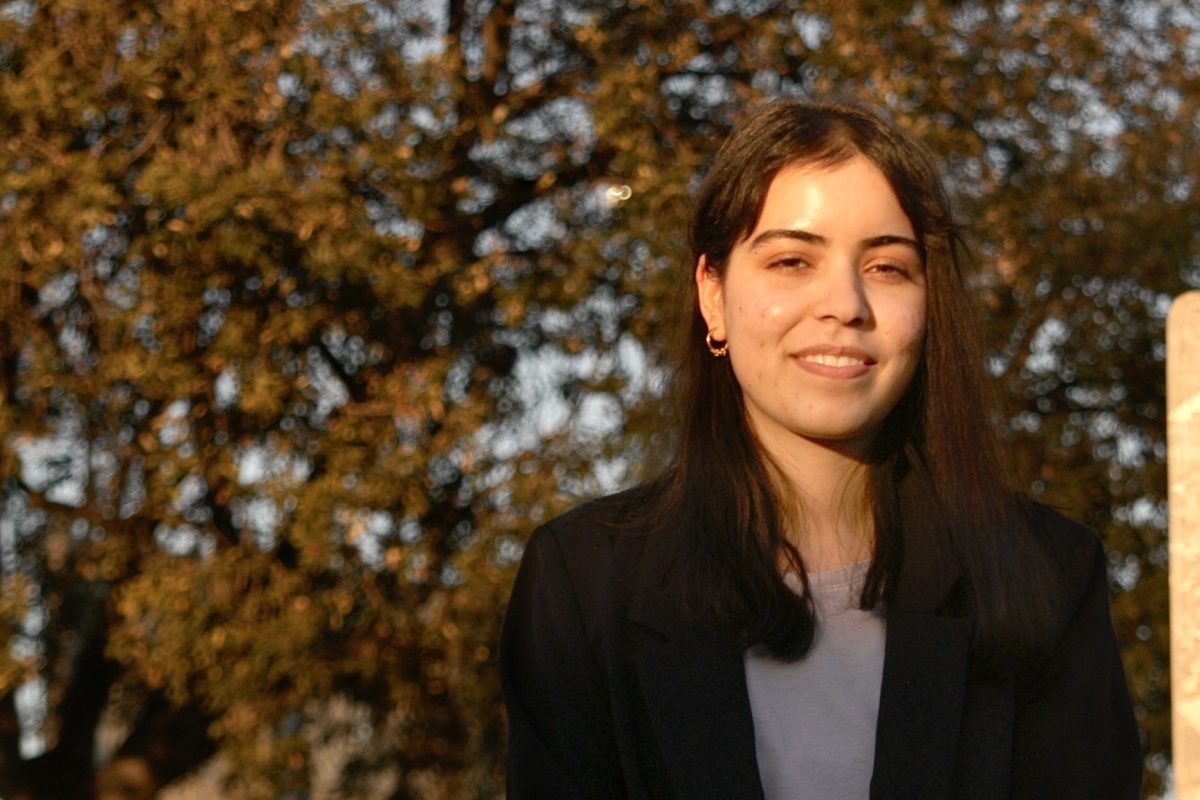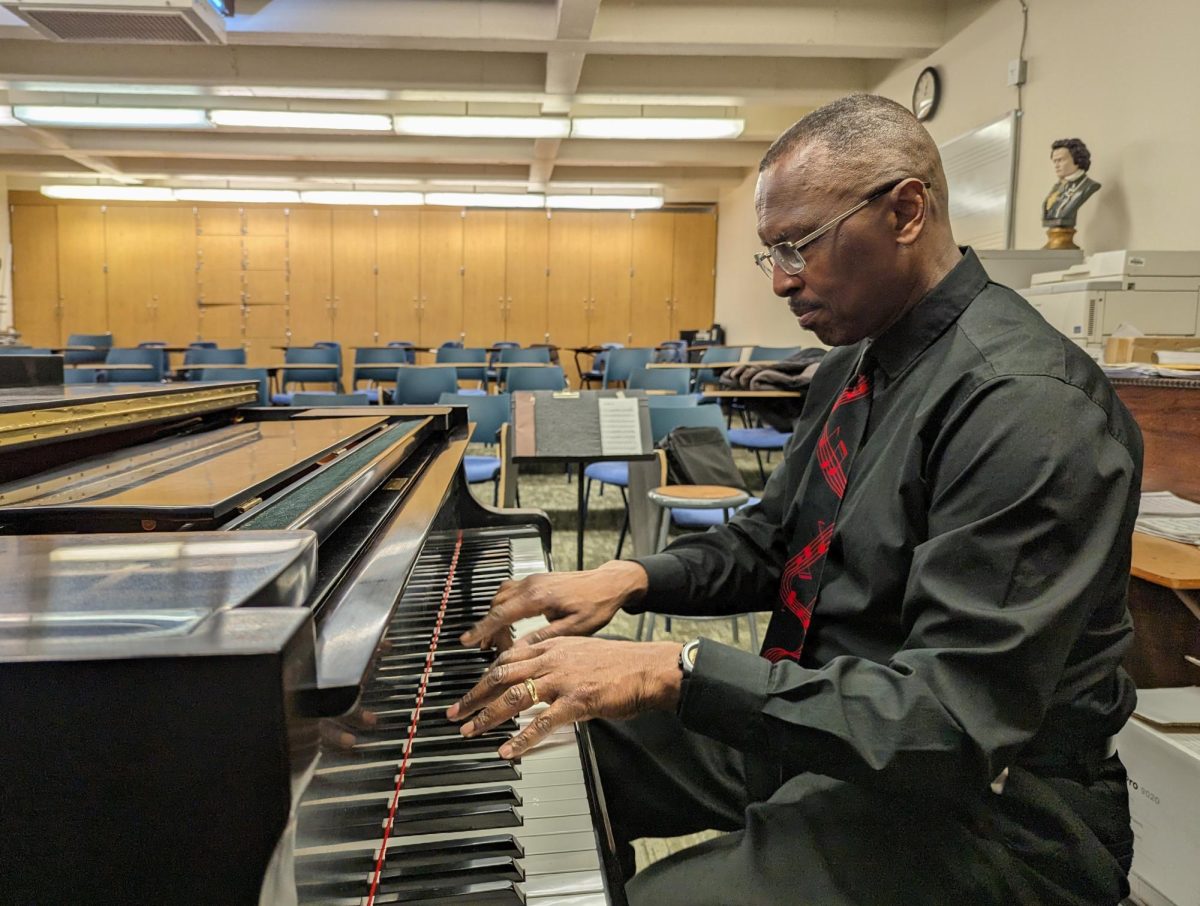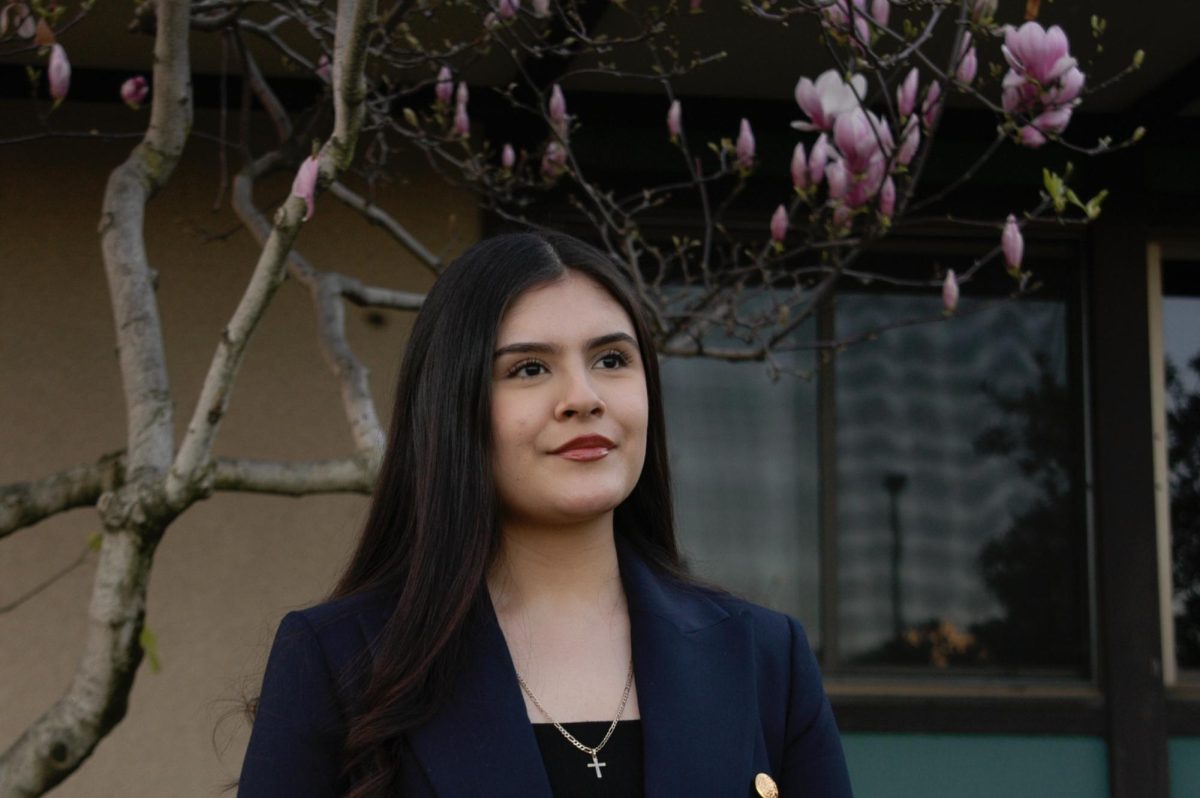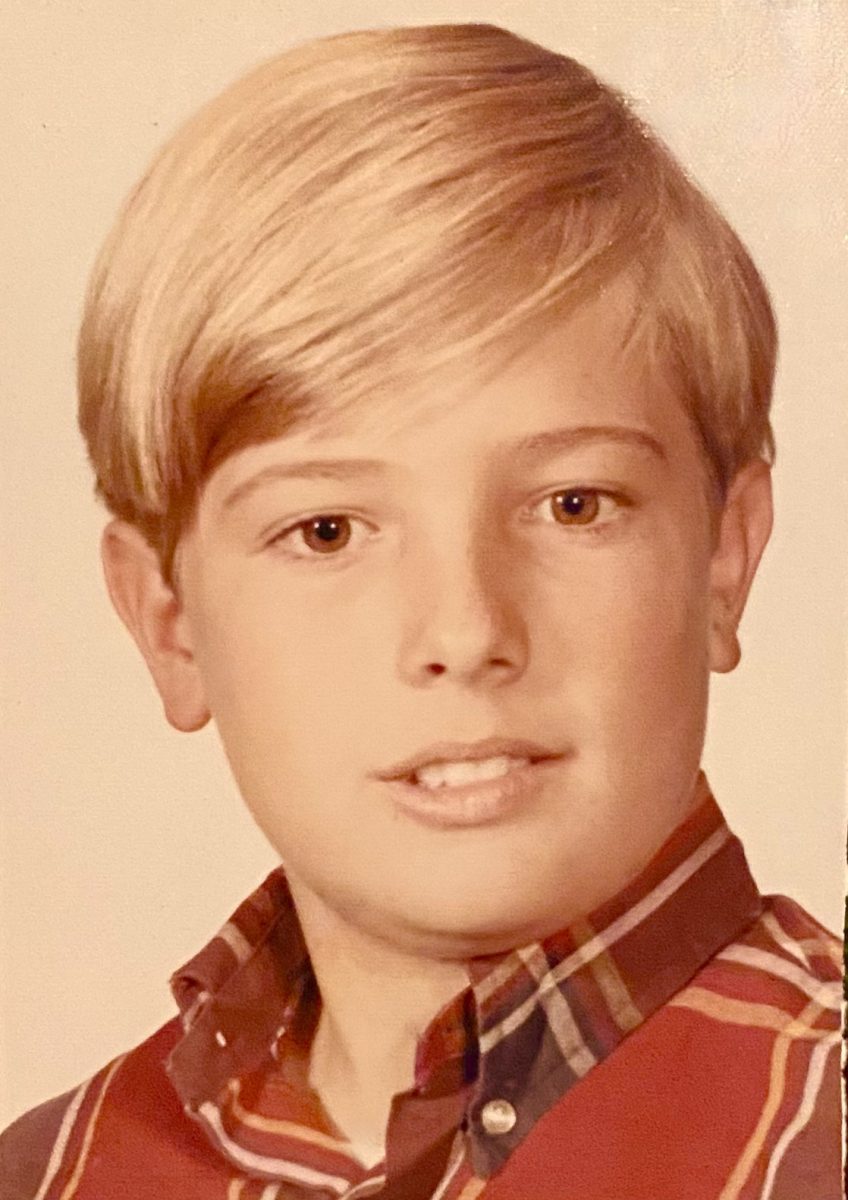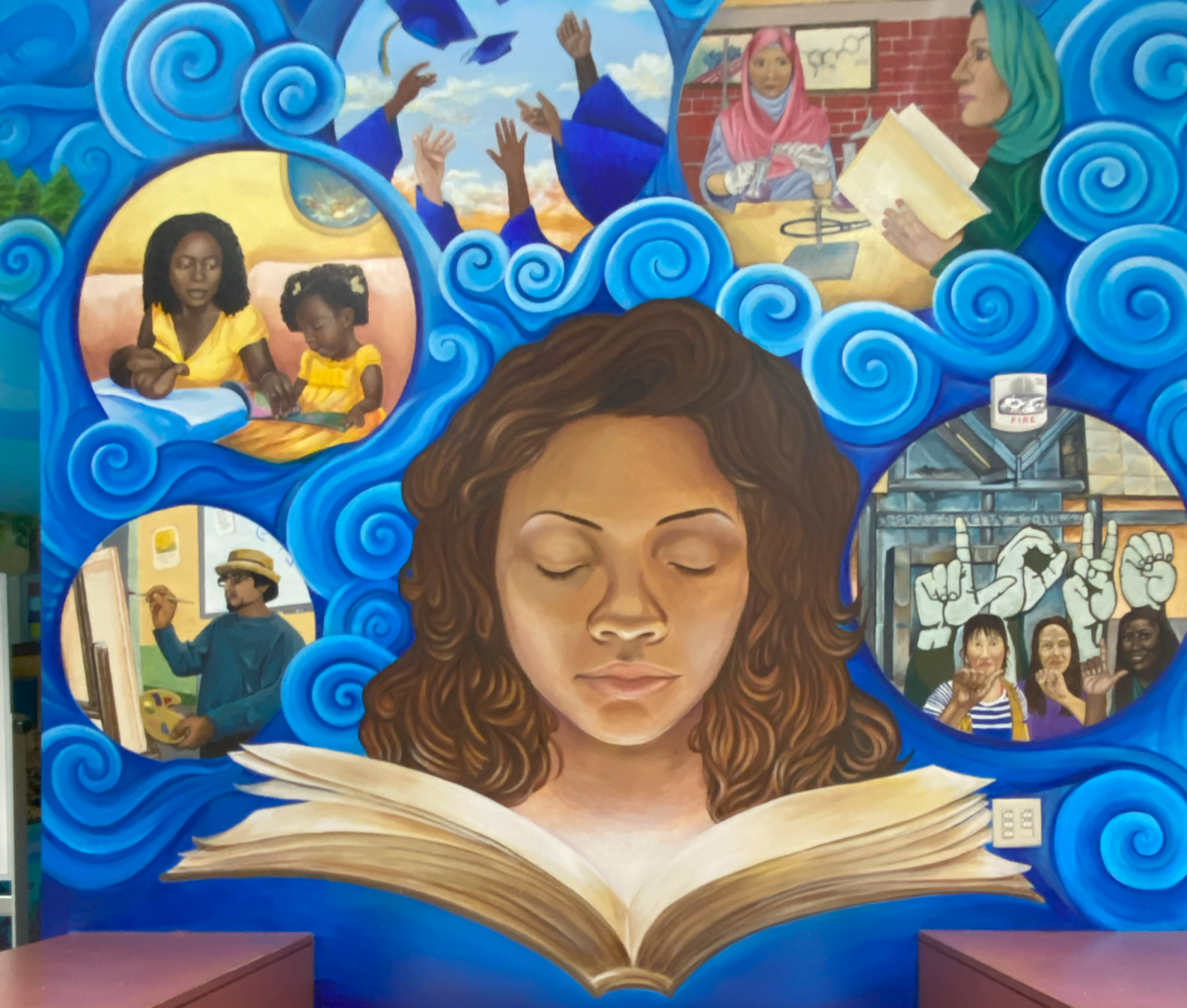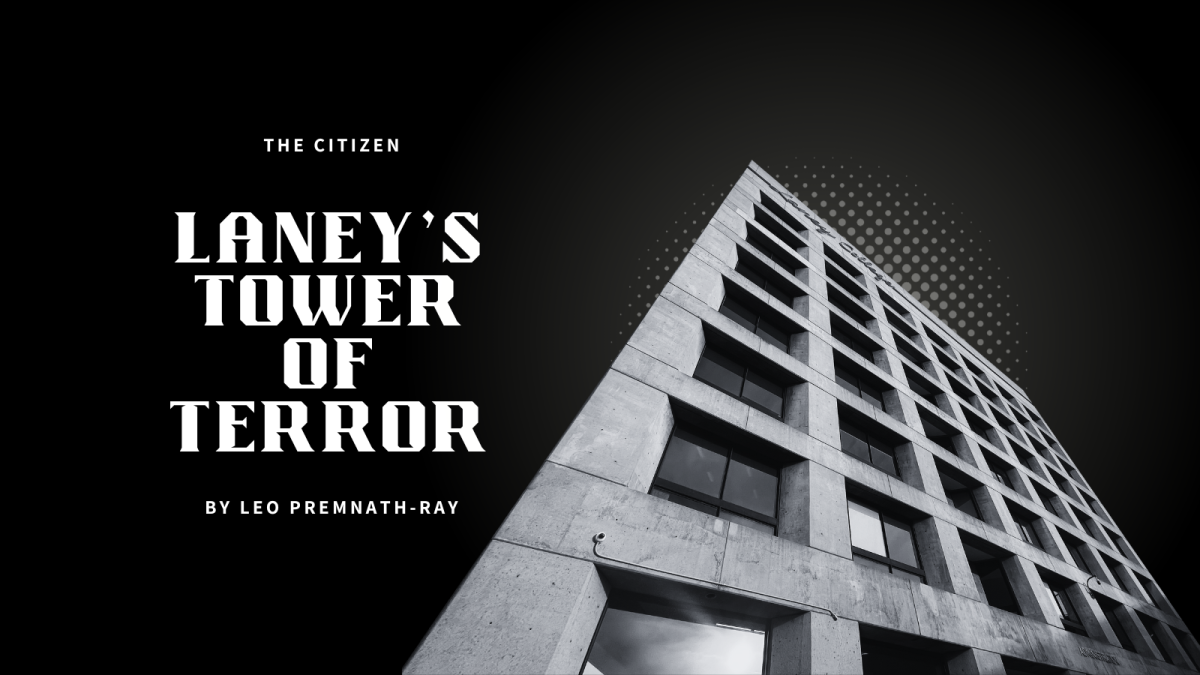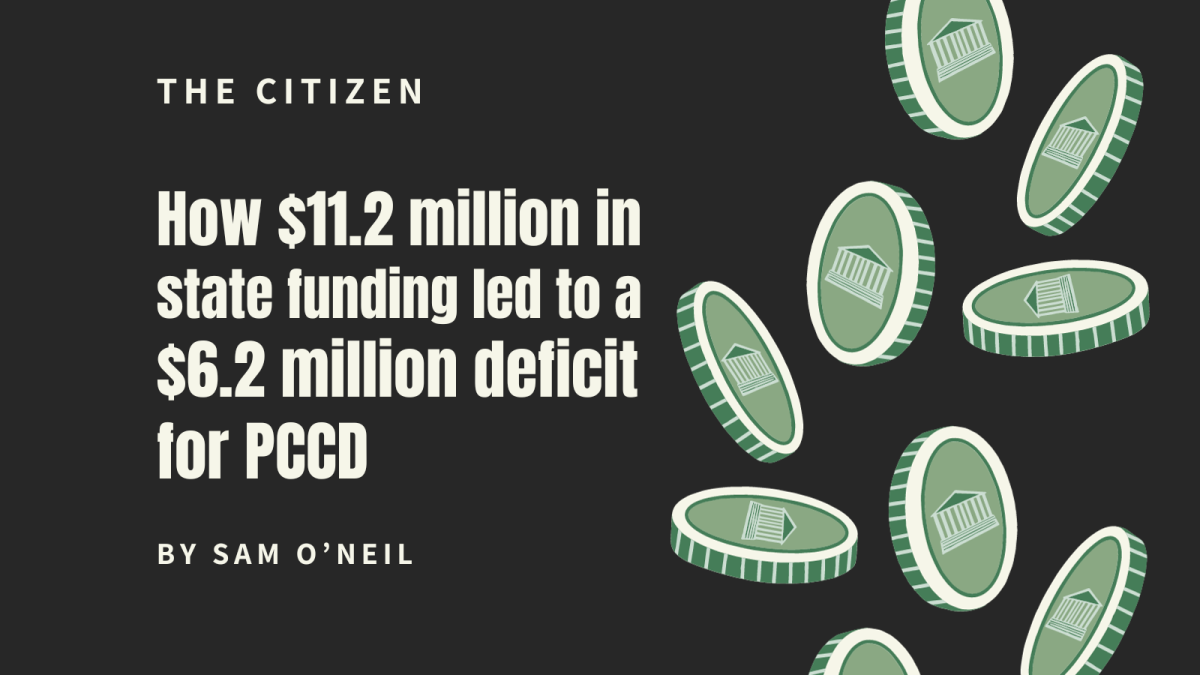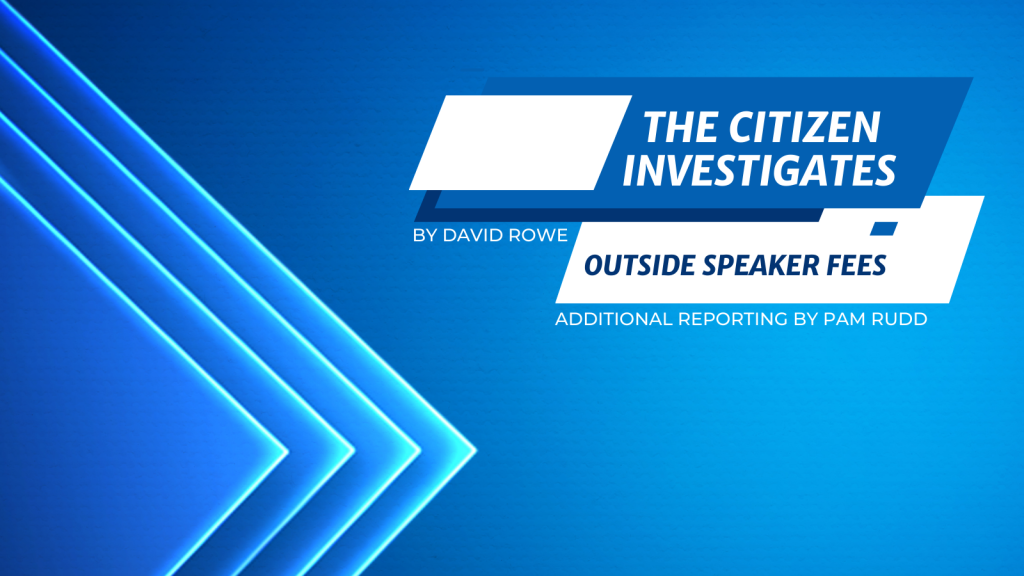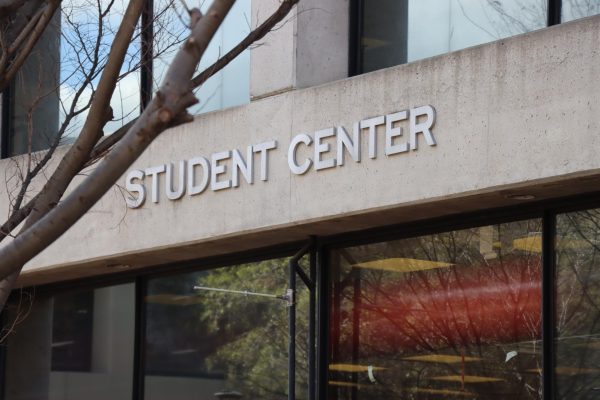Imagine the universe itself as a thin sheet of rubber, stretched flat. When you place an object on the sheet, it sinks down. If you put another smaller object on the sheet, it will slide toward the first object.
This is an easy, simple explanation for how gravity works. Now think again about dropping an object onto that sheet. You might see a ripple, similar to what happens when you throw a rock into water.
That’s how we might conceptualize gravitational waves. Ripples in the fabric of spacetime, as sci-fi as that might sound, are exactly what scientists at the Laser Interferometer Gravitational-Wave Observatory (LIGO) have just discovered, and they prove as fact one of Einstein’s last unobserved theories.
But what does that really mean, and why should anyone who isn’t a physicist care? Other than proving Einstein correct, the ability to detect these waves also brings with it a huge leap in technology and our ability to view the universe, and in turn, uncover its secrets.
Up until this point we have only been able to see parts of the universe that are observable via light or electromagnetic waves. The downfall to those methods is their limitation. Gravitational waves differ in a few ways. They don’t appear to decay and they pass right through matter.
Using gravitational waves as a sort of “lens” to view the universe through will allow us to see things we could never see before, like merging black holes. Being able to observe previously unobservable phenomena could change or reaffirm everything we know about the universe, and then some.
The scientists that worked on this discovery were under strict secrecy rules for years. The initial detection was made back in November 2015, but it wasn’t until this past week that LIGO was able to make the announcement. It was worth the wait.
The entire world has shared in their joy and excitement since. Hundreds of thousands of people have taken to social media to share the news.
The excitement about gravitational waves might fade in time, but this breakthrough technology will continue to bring us new discoveries to get excited about all over again. From the moon, to the stars, to the binary black holes, there is still a whole universe out there to see.

